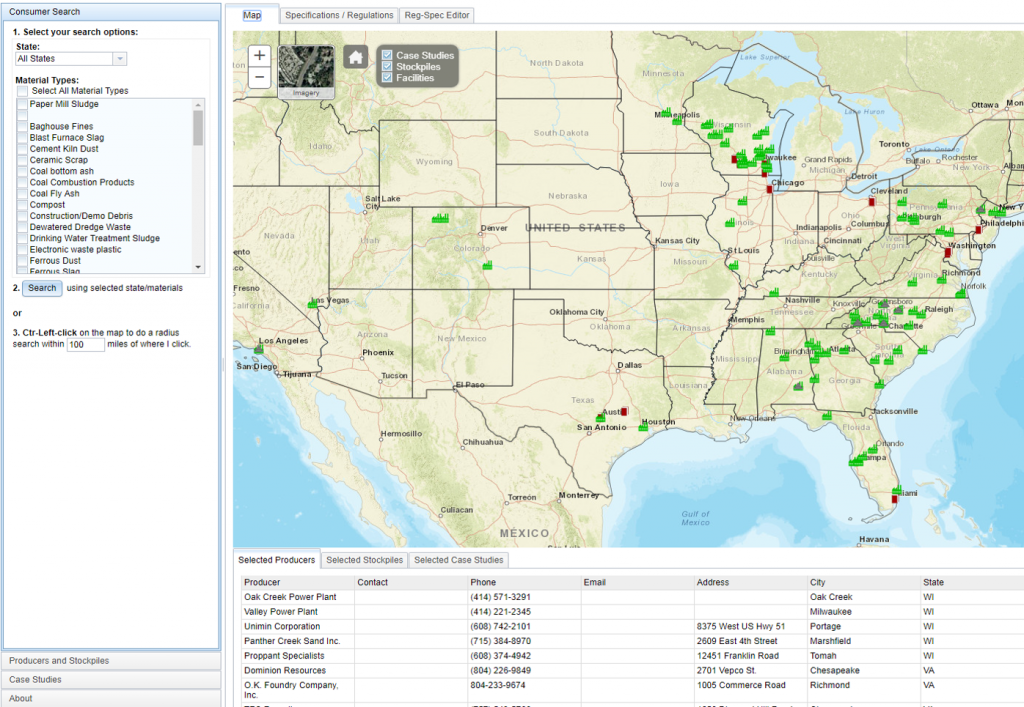Uncertainty regarding the high pH, high alkalinity leachate from recycled concrete aggregate (RCA) leachate limits the use of RCA as a substitute for virgin aggregate in pavement base course. The purpose of this work is to understand the time-dependent behavior of leachate chemistry from RCA in pavement base course applications and the persistence of high pH leachate in the environment. A state-of-the-art review of the existing laboratory and field investigations of RCA leachate chemistry identifies discrepancies in field and laboratory measurements of RCA leachate pH. Critical evaluation of the existing investigations indicates that conventional laboratory methodology, which employs abrasive, closed system batch reactors, is not representative of field conditions. In order to understand the physicochemical factors that control RCA leachate pH and alkalinity the physical properties, solid phase chemistry, and time-dependent leachate chemistry were integrated into a geochemical model. The model illustrates that RCA leachate chemistry can be described by two parameters: portlandite content of RCA available for dissolution, and the availability of carbon dioxide. The fundamental understanding of time-dependent behavior of RCA leachate chemistry was extended to applications in pavement base course using RCA-leachate contact times according to AASHTO base course drainage quality standards. Contact time experiments indicate that longer contact times do not increase peak pH associated with RCA leachate pH, such that using RCA in base course applications poses no additional concern regarding drainage quality, and that RCA leachate pH will equilibrate to a near-neutral value, pH 7.7 and pH 8.5 given sufficient exposure to atmospheric carbon dioxide or soil acidity. The findings of this study can be used to provide guidelines for practice to ensure safe and wise use of RCA base course.
The full thesis may be found in the following file:


